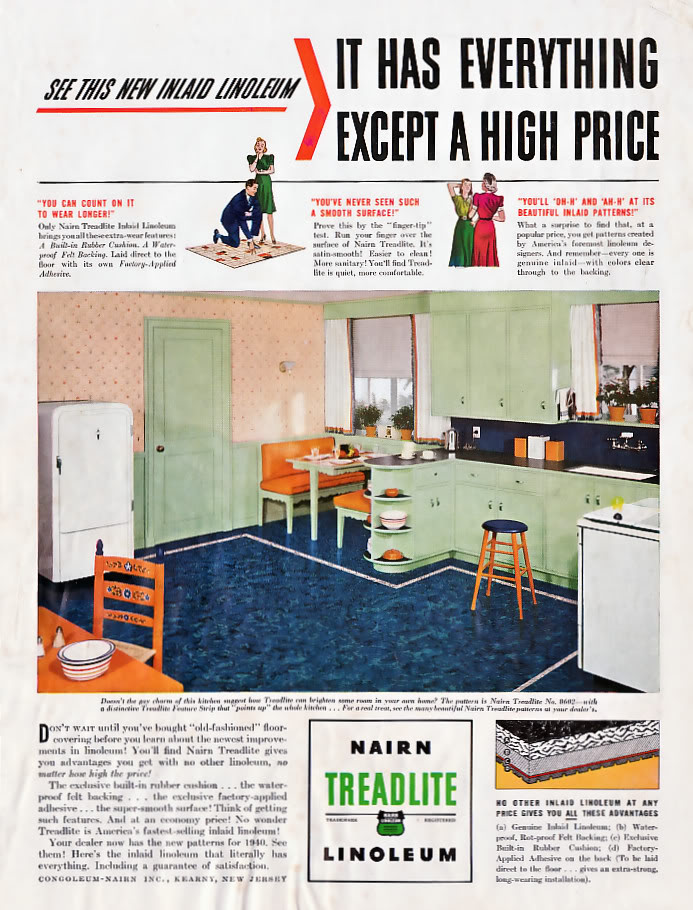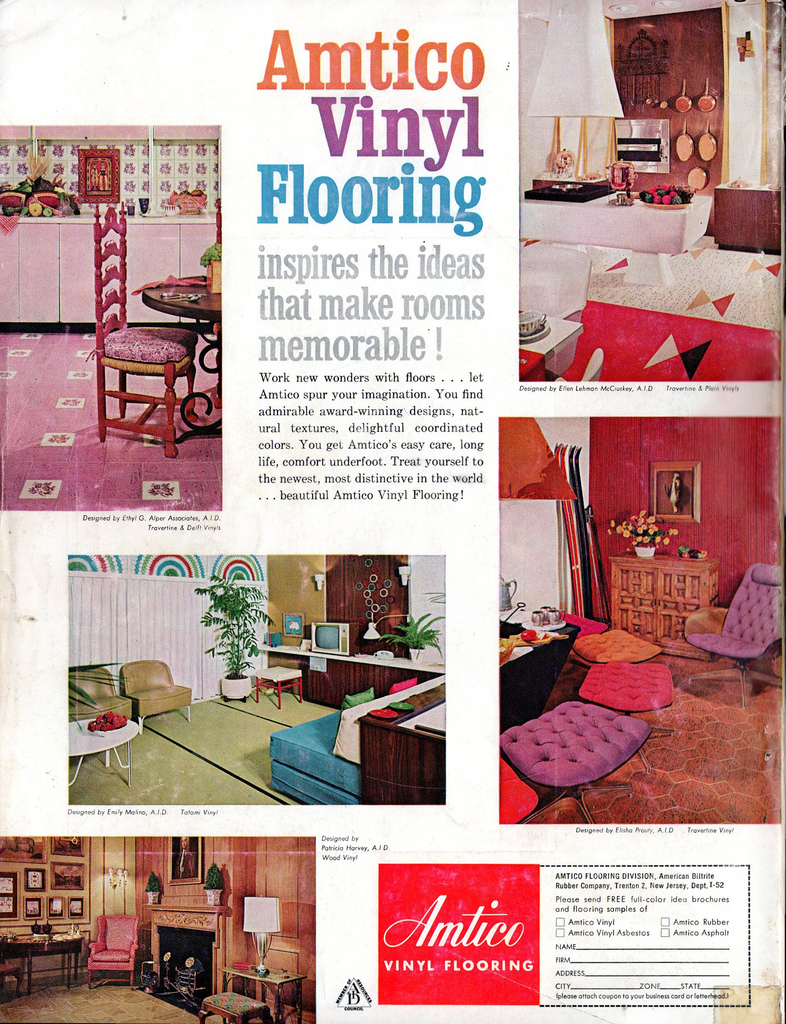The idea that young people take a decade to grow up, in the meantime inhabiting a space called “young adulthood,” is rather new in American culture. A bit older is the idea of “adolescence,” the idea that there is a stage between childhood and (young) adulthood that is characterized by immaturity and capriciousness: the teenage years. Before these ideas were invented, children were expected to take on adult roles as soon as they were able, apprenticing their parents and transitioning to adulthood with puberty. Shifts in ideas about life stages is a wonderful example of the social constructedness of age.
Documenting the rise of the notion of adolescence, Philip Cohen searched Google Books for the term, tracing its rise at the turn of the 20th century till today:
Lisa Wade, PhD is an Associate Professor at Tulane University. She is the author of American Hookup, a book about college sexual culture; a textbook about gender; and a forthcoming introductory text: Terrible Magnificent Sociology. You can follow her on Twitter and Instagram.






















